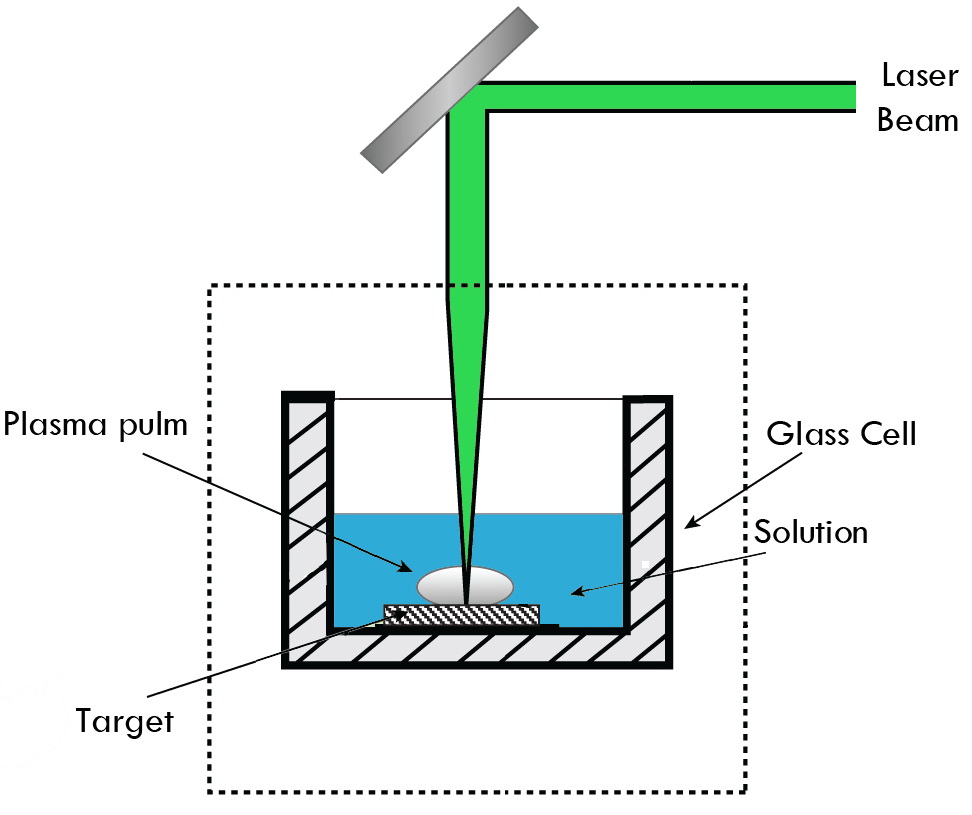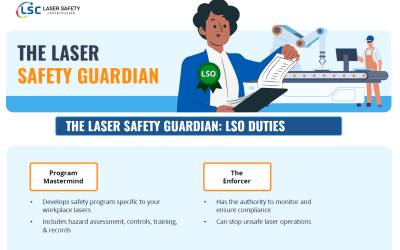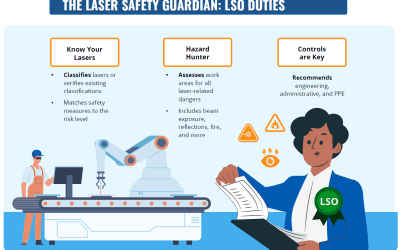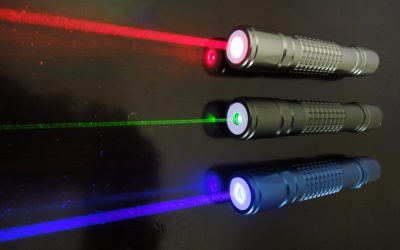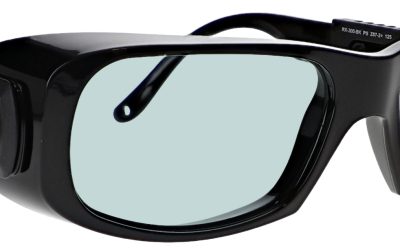Laser Cleaning Tips
How does laser cleaning work?
Laser cleaning technology works by sending nanosecond-length pulses of laser light towards any surface. This process removes surface contaminants that are absorbed by the laser light, turning them into gas or particles.
Using the right equipment, laser cleaning is perfect for cleaning down to bare metal. Besides cleaning capabilities, laser technology has offers additional benefits: safe and trouble-free operation, reliable, low cost, minimal maintenance and environmentally friendly.
Types of Lasers used for Cleaning
Continuous Wave (CW) lasers release energy continuously, resulting in a lower intensity, as opposed to pulsed laser systems which cause the paint to be removed by incineration. Pulsed laser systems have a lower intensity than CWLs, creating less fume and smoke development and lower heat transfer.
Other laser cleaning systems with a flat top beam profile spreads energy equally over a larger surface area, thereby cleaning in a safer and less destructive manner. These systems are ideal for composite molds used repeatedly as they protect against wear and tear.
Lasers with gaussian beam profiles, however, have a higher peak intensity that roughens and damages the surface, which can result in damage to the mold. Flat top beam systems clean and prep larger surfaces in less time.
The appropriate type of laser cleaning system depends on a variety of factors.
Handheld Laser Cleaners
Handheld laser cleaning systems are ideal for low-volume productions where multiple parts of different shapes and sizes need to be processed. They come with manual configuration for specific tasks like laser rust, paint and corrosion removal. The device will be configurated for different underlying surfaces, contaminants, and thicknesses.
Extra precautions are needed with handheld systems because the beam is not enclosed. The laser safety officer should install a dual-action safety guard, a remote interlock, light warnings, laser safety eyewear, an isolated working area with warning signs, and training to ensure safe usage. The use of class-4 handheld lasers in the workplace is not recommended.
Manually loaded laser cleaning workstations are considered safe for manual operation without the use of PPE. They can be installed directly in the production line or offline.
Robotic Conveyor Laser Cleaners
Conveyor laser cleaning machines are adjusted to fit the conveyor dimensions and are installed directly on conveyors. The allows for automation of contaminant removal and surface texturing before operations like welding or coating. These systems are especially useful in the automotive industry where many parts are moved from one production step to another using conveyors, such as in battery production lines.
Robot laser cleaning systems are mounted on robots to automate cleaning operations and are equipped with advanced systems to clean complex parts with high precision.
Laser Cleaning Power Levels
Laser power is expressed in watts that represent the average amount of energy released through the laser beam. The higher the laser power, the faster the laser cleaning process. The most powerful and efficient lasers are typically multi-mode lasers, where ultra-high-power lasers can reach 3,000W of power for the most demanding applications.
Laser Cleaning Safety Training
Laser safety is never an option and should be carefully weighed when choosing a laser cleaner. Laser machines usually need a class-1 laser safety enclosure to ensure work safety and meet safety regulations all over the world, including in North America and in the European Union.
Regardless of the type of laser cleaning system you are using, be sure your employees are aware of laser safety hazards. Additionally, we highly recommend a laser safety officer for all shifts and a basic laser safety program for laser technicians and other employees who may come in contact with the laser system.
